April 19, 2025 | 07:56 GMT +7
April 19, 2025 | 07:56 GMT +7
Hotline: 0913.378.918
April 19, 2025 | 07:56 GMT +7
Hotline: 0913.378.918
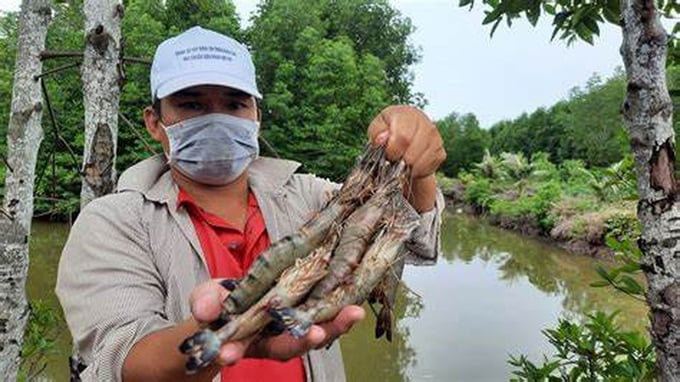
Need to change thinking. Instead of chasing output and high technology, we need to focus on the sustainability and efficiency of the shrimp industry.
VASEP assessed that shrimp exports showed positive signs in many markets. Exports to the US and EU both recorded stable growth. China is implementing policies to promote consumption, which can help increase demand for shrimp imports from Vietnam.
Export shrimp prices have shown signs of increasing, especially white-leg shrimp, helping to improve profit margins for businesses. Raw shrimp prices are also at a positive level, which will support production and export. In November alone, the shrimp price of 50-60 pieces per kg increased by VND 5,000 - 9,000 per kg compared to the previous month, averaging VND 103,000 per kg.
Although it has not been able to surpass Vietnam's record shrimp export turnover in 2022 (when it reached USD 4.3 billion), it has shown that the shrimp industry is clearly recovering compared to 2023 (only reaching USD 3.4 billion). In addition, processed shrimp products are growing strongly, which is a positive signal, showing that businesses are shifting to value-added products. However, the Vietnamese shrimp industry still has internal challenges that must be overcome soon to achieve sustainable growth.
Le Van Quang, Chairman of the Board of Directors of Minh Phu Seafood Corporation, also said that the cost of Vietnamese commercial shrimp is too high, 30% higher than that of India/Indonesia and more than double that of Ecuador, making it very difficult for Vietnamese shrimp to compete.
If shrimp is ASC/BAP certified, it can be sold for 5-10% higher, while shrimp with organic/ecological certification will be sold for 10-20% higher. Moreover, certified shrimp will be sold in large supermarket chains, large restaurants/hotels, and large distribution systems... It is necessary to change the mindset; instead of chasing output and high technology, it is necessary to focus on sustainability and efficiency, especially in terms of quality, environment, health, and selling price, said Le Van Quang.
Phan Thanh Lam, Research Institute for Aquaculture II, said the challenge for Vietnamese shrimp is upgrading the industry value chain. The industry still lacks linkages in the production and consumption of farmed shrimp products (vertical linkage, horizontal linkage). The methods of product trading are still at a low level, mainly free market (according to market prices), seasonal cooperation, and quality-controlled cooperation. There are very few comprehensive investment cooperation methods and investment cooperation.
Currently, small-scale shrimp farmers (about 80% of shrimp farming area) have individual farming practices. The feed cost for semi-intensive/intensive white-leg shrimp farming accounts for a high proportion, from 46-47%. Using high-quality feed with good feed conversion efficiency minimizes waste and increases shrimp growth rate. Along with that, it automates the feeding system and environmental management, reduces labor costs, and improves management efficiency, helping shrimp grow faster and more evenly.
In the face of the trend of integration, digital transformation, circular economy, green economy and sustainable development, Mr. Tran Ngoc Hai, Can Tho University, said that changes are needed to become professional and effective shrimp farmers. Farmers need to grasp the trend of converting farming objects; the trend of high-tech shrimp farming, environmentally friendly, adapting to climate change and sustainable; the trend of developing and applying biotechnology. Especially the production linkage according to the industry chain associated with international standards to meet market demand.
According to Tran Dinh Luan, Director of the Department of Fisheries, Ministry of Agriculture and Rural Development, Vietnamese shrimp needs to improve quality and reduce costs to compete in the international market. These are issues of quarantine of seed quality, seasons, farming density, disease management, reducing production costs and forecasting the consumption situation of import markets, to improve the shrimp export value chain and income for shrimp farmers.
Diseases such as white spot disease, early mortality syndrome (EMS), and bacterial diseases still seriously affect shrimp productivity and quality. Disease management in ponds is still inadequate, leading to high risks of disease outbreaks, especially in the context of climate change. Shrimp farmers' profits are low for many reasons, but the main reasons are high production costs and increasing diseases.
Tran Dinh Luan assessed that faced with challenges related to the environment, diseases , and small-scale production, it is undeniable that in recent times, Vietnamese shrimp enterprises have had many initiatives, from applying technology, developing farming infrastructure... to helping manage the environment better, reduce emissions, extend the value chain, and increase efficiency for farmers and businesses.
Translated by Huong Giang
/2025/04/18/0614-0-nongnghiep-120604.jpg)
(VAN) Cashew nuts are not only a nutritious food but also a golden raw material in both cuisine and export, contributing to elevating Vietnamese agricultural products onto the global stage.
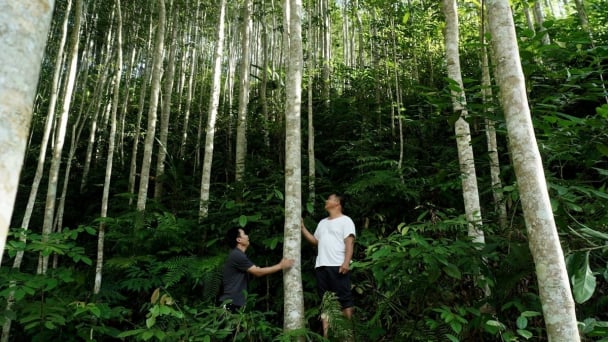
(VAN) Orders from wood processing businesses in Bac Kan Province for export to the U.S. have been cancelled or suspended, even all orders cancelled in some cases.
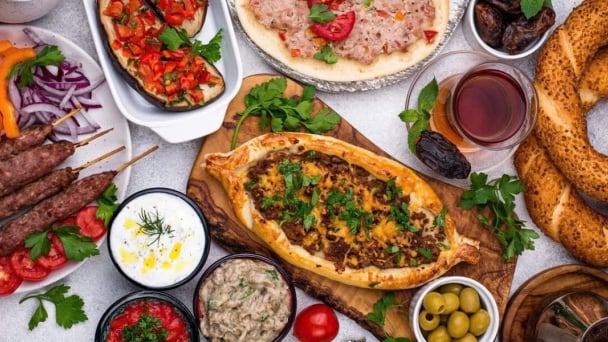
(VAN) Vietnam is regarded as one of the gateways to enter the Halal market in the Asia-Pacific region, which has the world’s largest Muslim population.

(VAN) With an annual production scale of around 5 million tons, Vietnam has enough potential to transform rice bran into a key export commodity if combined with deep processing.
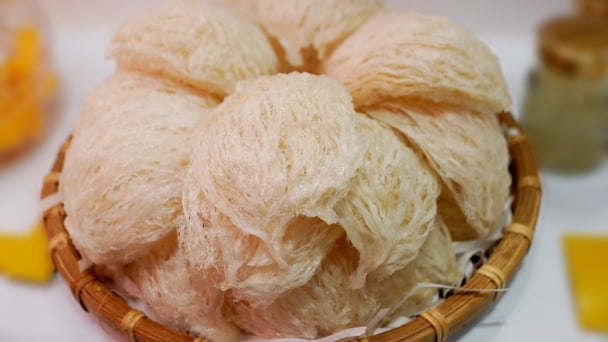
(VAN) As the world’s largest consumer of bird’s nest products, China is gradually becoming a 'golden' market for Vietnamese bird’s nests.
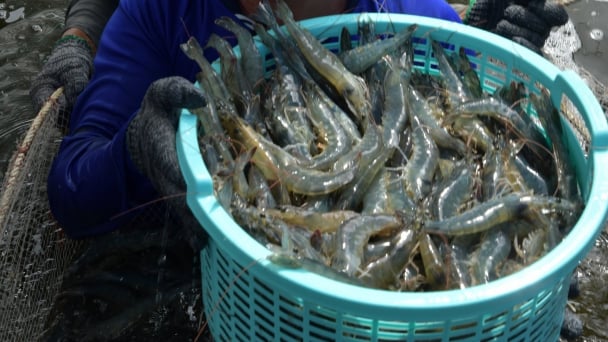
(VAN) Deputy Minister Phung Duc Tien has directed the fishery sector to diversify its farming objectives during the conference reviewing Q1 performance and outlining tasks for April and Q2/2025.
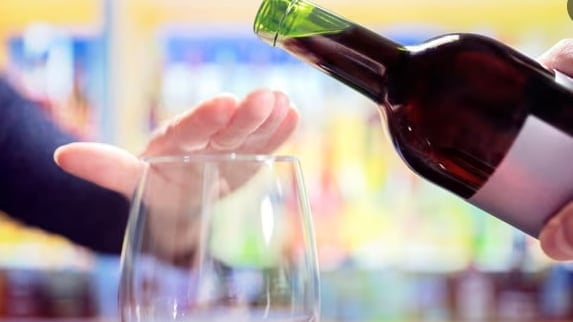
(VAN) Consumption and production falls in almost every market as industry fears a ‘generational’ change in drinking habits.